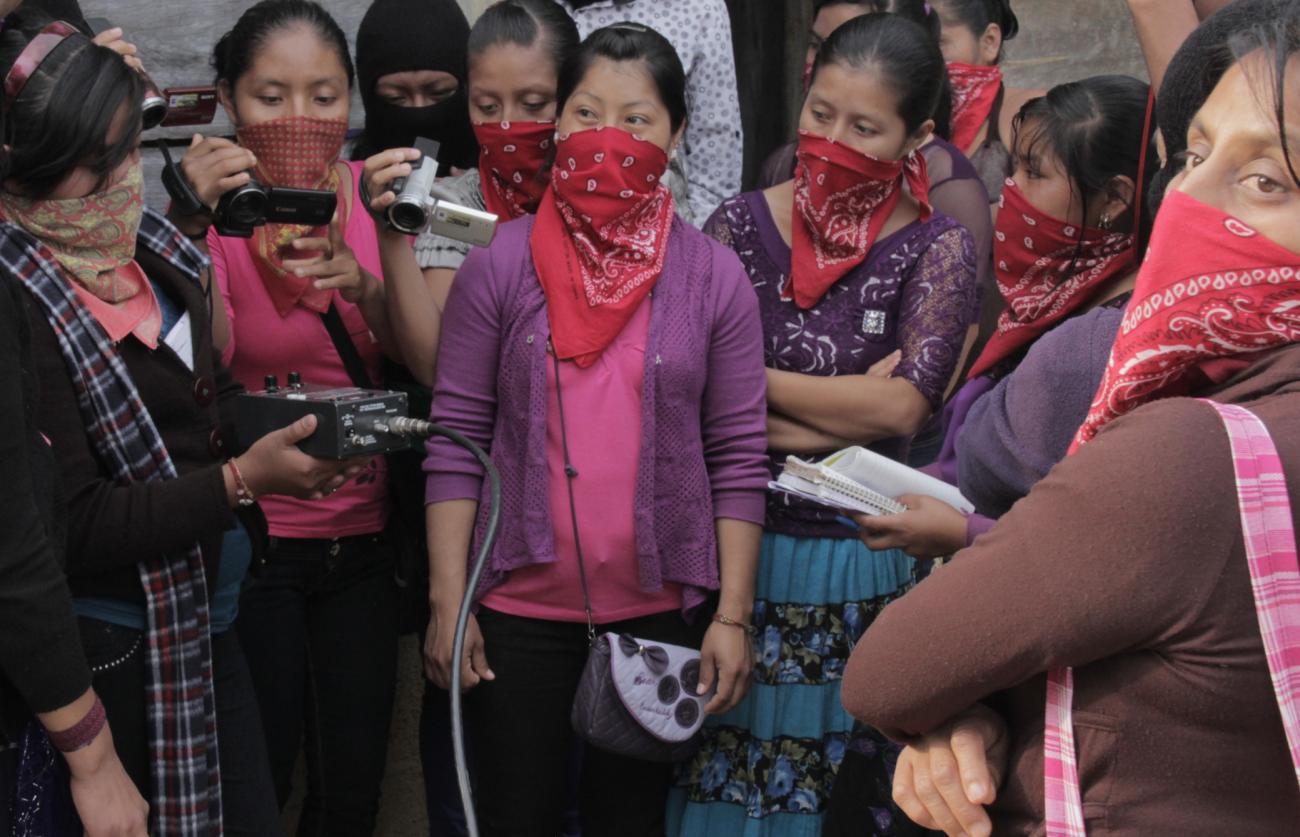 The path to achieving political autonomy in local government has been very complicated for Indigenous Peoples in Mexico. Many barriers have been placed in the way of exercising their rights. Political and social violence, long processes for those who seek recognition from the State, and the invisibility of those who already exercise autonomy under the shadow of State power, are just some of the…
The path to achieving political autonomy in local government has been very complicated for Indigenous Peoples in Mexico. Many barriers have been placed in the way of exercising their rights. Political and social violence, long processes for those who seek recognition from the State, and the invisibility of those who already exercise autonomy under the shadow of State power, are just some of the…
Our website houses close to five decades of content and publishing. Any content older than 10 years is archival and Cultural Survival does not necessarily agree with the content and word choice today.